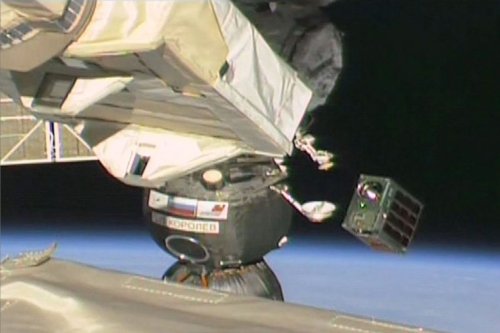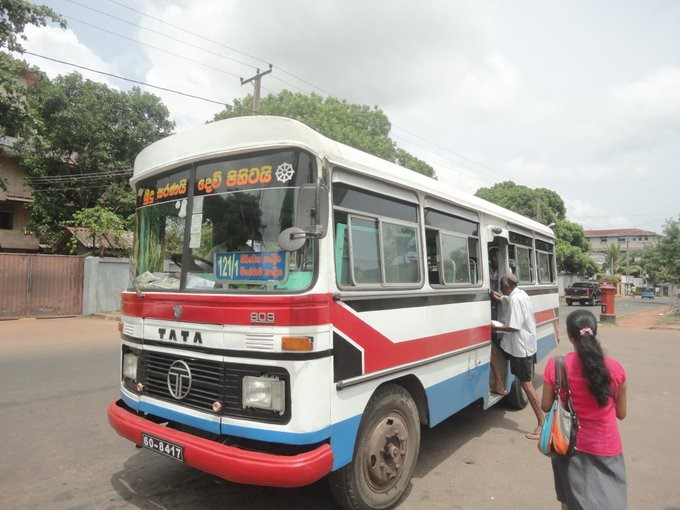The second nano-satellite, designed with the technical assistance of engineers at the Arthur C Clarke Institute for Modern Technologies, was deployed into the orbit March 24.
Arthur C Clarke Institute for Modern Technologies (ACCIMT) said the Kitsune Nano Satellite, designed and developed through a five-partite international collaborative project, with the Institute as one partner, was successfully deployed into its orbit from the International Space Station (ISS) on the 24th of March 2022.
The orbital deployment of the satellite took place at around at 17.41 Sri Lanka time, according to the Arthur C Clarke Institute.
The Department of Government Information said the Kitsune was released into orbit 400 km from the International Space Station.
Kitsune Nano Satellite was launched into space on February 18, 2022 by the Cygnus-17 rocket to the International Space Station (ISS) under the Commercial Resupply Services (CRS-2) contract with NASA.
Kitsune was designed and developed by Kyutech (nodal partner) and four other partners, namely, Nanyang University, Singapore, Addnics Corporation, Japan, Harada Seiki Corporatin, Japan and the ACCIMT.
The first nano-satellite created by Arthur C Clarke Institute, Ravana-01 was released to the orbit from the International Space Station on June 17, 2019.
Kitsune is 6 times larger than the Ravana 01 satellite, 30 cm high, 20 cm wide and 10 cm thick.
The specialty of this satellite is that although it was created jointly by 5 international companies, the engineering and technical contribution was made by the engineers at the Arthur C. Clarke Center.
Sanath Panawennage, Director General of the Arthur C. Clark Center, said that the Kitsune Nano satellite was equipped with a state-of-the-art, sensitive camera system.
The satellite has a number of research and experimental missions: 5-meter resolution color imaging of the earth, store and forward transmission of data received from Ground Sensor Terminals mainly for IoT applications, in-orbit testing of the communication module based on LoRa modulation technique, testing of a C-band communication transceiver, total electron content measurement of the Ionosphere, and testing of the Kyutech-standard 2U Satellite Bus system being the most significant ones.
It is significant that the ACCIMT became a partner of this project with no financial commitment, purely in exchange of the services of the ACCIMT’s Engineers in the design and development activities of the satellite.
The project provided a highly valuable opportunity for further enhancing the competences of Sri Lankan Engineers in the design, development and testing of Nano-satellites, which could best happen in the form of such collaborative activities with technology partners from advanced space-faring nations, ACCIMT said.
In addition, being a partner to this project enabled ACCIMT to have full access to the imagery, store-and-forward transmission, and other research and experimental services that would be provided by the satellite.
The ACCIMT’s project team involved in the project include Eng. Sanath Panawennage, the Director General & CEO, who led the Sri Lankan project team having initiated this collaborative opportunity, Eng. Ms Kamani Ediriweera DDG-TO, Eng. Kavindra Jayawardene Director (Communications Engineering Division), Eng. Tharindu Dayaratne, who made a major contribution in the communication and other subsystems and payloads, and Eng. Kaveendra Sampath.





